Introduction
Vegetable congee, a humble yet profoundly satisfying dish, has been a cornerstone of Asian cuisine for centuries. Often referred to as “rice porridge” in English, this dish transcends cultural boundaries, offering warmth, nourishment, and versatility. Whether enjoyed as a breakfast staple, a soothing remedy for illness, or a comforting evening meal, vegetable congee embodies the philosophy of simplicity and balance. This article delves into the intricacies of preparing this beloved dish, exploring everything from ingredient selection to advanced techniques for achieving the perfect texture and flavor. By the end, you will not only master the basics but also gain the confidence to experiment and create congee tailored to your palate.
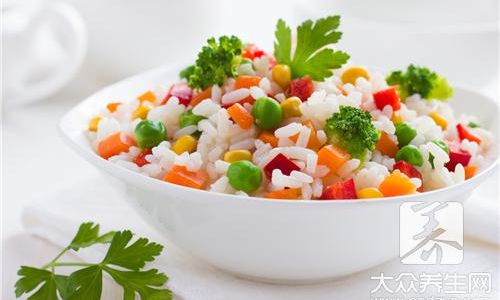
Understanding the Essence of Congee
Before diving into the cooking process, it is essential to grasp the cultural and culinary significance of congee. Originating in China, congee (known as zhou in Mandarin) has evolved into a global dish, adopted and adapted by countries like Japan (okayu), Korea (juk), Vietnam (cháo), and beyond. What unites these variations is the foundational technique of simmering rice in water or broth until it breaks down into a creamy, porridge-like consistency. The addition of vegetables elevates the dish, introducing freshness, texture, and a burst of nutrients.
Ingredients: Building Blocks of Flavor
The beauty of vegetable congee lies in its adaptability. While the core components remain rice and liquid, the vegetables and seasonings can vary based on seasonal availability, dietary preferences, and regional traditions. Below is a breakdown of essential and optional ingredients:
-
Rice:
- Short-grain white rice: Yields a creamy, sticky texture.
- Jasmine rice: Adds a fragrant aroma.
- Brown rice: For a nuttier flavor and added fiber (requires longer cooking time).
- Glutinous rice: Creates an exceptionally thick consistency.
-
Liquid:
- Water: The simplest base, allowing vegetables to shine.
- Vegetable broth: Enhances savory depth.
- Chicken or mushroom broth: For non-vegetarian variations.
-
Vegetables:
- Aromatics: Ginger, garlic, scallions.
- Leafy greens: Spinach, kale, bok choy.
- Root vegetables: Carrots, daikon, sweet potatoes.
- Cruciferous vegetables: Broccoli, cauliflower.
- Mushrooms: Shiitake, enoki, button mushrooms.
-
Seasonings:
- Soy sauce or tamari: For umami.
- Sesame oil: Adds richness.
- White pepper: A subtle spice kick.
- Herbs: Cilantro, basil, or mint for garnish.
-
Optional Additions:
- Proteins: Tofu, tempeh, or a soft-boiled egg.
- Toppings: Fried shallots, crushed peanuts, or chili oil.
Step-by-Step Cooking Guide
Rinsing and Soaking the Rice
Begin by rinsing 1 cup of rice under cold water until the liquid runs clear. This removes excess starch, preventing a gummy texture. For enhanced creaminess, soak the rice in water for 30 minutes to an hour. Drain thoroughly before cooking.
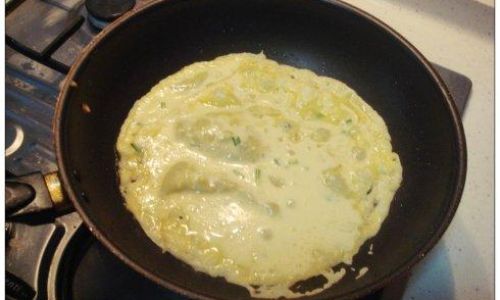
Preparing the Broth
In a large pot, combine 8 cups of liquid (water or broth) with 2-3 slices of fresh ginger and a crushed garlic clove. Bring to a gentle simmer over medium heat. The ginger and garlic will infuse the broth with aromatic flavors without overpowering the vegetables.
Cooking the Rice
Add the drained rice to the simmering broth. Stir occasionally to prevent sticking. Reduce the heat to low, cover partially, and let it cook for 30–45 minutes. The cooking time may vary based on the rice type: white rice cooks faster, while brown or glutinous rice requires patience.
Adding Vegetables
The key to vibrant congee is layering vegetables according to their cooking times:
- First layer (15 minutes before rice is done): Add diced carrots, daikon, or sweet potatoes. These firm vegetables need time to soften.
- Second layer (10 minutes before finishing): Toss in broccoli florets, cauliflower, or sliced mushrooms.
- Final layer (5 minutes before serving): Stir in leafy greens like spinach or chopped bok choy. They wilt quickly, preserving their color and nutrients.
Seasoning and Adjusting Consistency
Once the rice has broken down into a porridge-like consistency, taste and adjust the seasoning. Add 1–2 tablespoons of soy sauce, a drizzle of sesame oil, and a pinch of white pepper. For a thinner congee, stir in hot water or broth. For thickness, simmer uncovered for an additional 5–10 minutes.
Serving and Garnishing
Ladle the congee into bowls and garnish with sliced scallions, cilantro, and a sprinkle of toasted sesame seeds. For added richness, drizzle with chili oil or top with a soft-boiled egg.
Advanced Techniques and Tips
Achieving the Perfect Texture
- For ultra-creamy congee: Use a rice-to-water ratio of 1:10 and cook until the grains disintegrate.
- For chunkier congee: Reduce the liquid to 1:6 and undercook the rice slightly.
Overnight Preparation
Save time by cooking the congee base the night before. Refrigerate it overnight, then reheat and add fresh vegetables in the morning. The flavors will meld beautifully.
Troubleshooting Common Issues
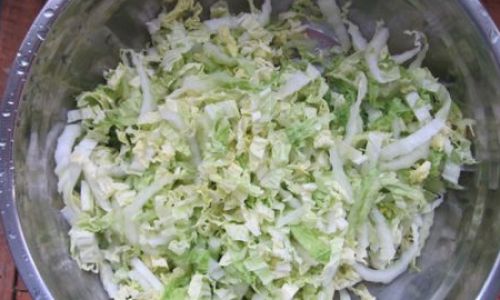
- Burned bottom: Use a heavy-bottomed pot and stir frequently, especially as the liquid reduces.
- Watery congee: Simmer uncovered to evaporate excess liquid.
- Bland flavor: Amplify with miso paste, nutritional yeast, or a splash of rice vinegar.
Dietary Adaptations
- Vegan/vegetarian: Ensure broth is vegetable-based and use plant-based proteins.
- Gluten-free: Substitute soy sauce with tamari or coconut aminos.
- Low-sodium: Use reduced-sodium broth and season with herbs instead of salt.
Exploring Regional Variations
Chinese-Style Congee with Century Egg and Pork
A classic Cantonese recipe features silken century eggs and shredded pork. To adapt, add 50g of minced pork during the final 10 minutes of cooking and garnish with sliced century egg.
Japanese Okayu with Umeboshi
For a tangy twist, stir in a pickled plum (umeboshi) and a sprinkle of furikake (rice seasoning).
Korean Juk with Zucchini and Kimchi
Incorporate diced zucchini and a spoonful of fermented kimchi for a fermented kick.
Southeast Asian Inspirations
Add lemongrass, kaffir lime leaves, and coconut milk for a Thai-inspired congee, or top with sambal oelek for heat.
Nutritional Benefits and Wellness
Vegetable congee is a powerhouse of nutrition when loaded with diverse produce. Key benefits include:
- Digestive health: The gelatinous texture soothes the stomach, making it ideal for convalescence.
- Hydration: The high liquid content aids in maintaining bodily fluids.
- Vitamin-rich: Leafy greens provide iron and vitamins A/C, while mushrooms offer B vitamins.
Conclusion: The Joy of Customization
Cooking vegetable congee is an act of mindfulness—a dance between patience and creativity. Master the basics, then let your imagination guide you. Swap vegetables seasonally, experiment with spices, or turn it into a one-bowl meal with grains and legumes. However you choose to enjoy it, congee remains a testament to the beauty of simplicity, offering sustenance for the body and tranquility for the soul. So, gather your ingredients, embrace the slow simmer, and savor every spoonful of this timeless dish.
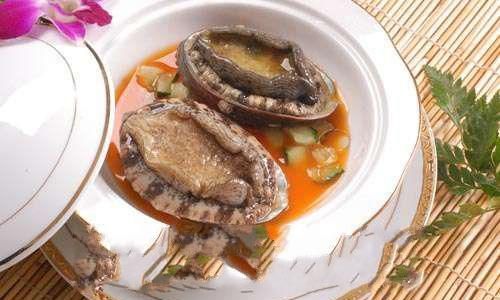
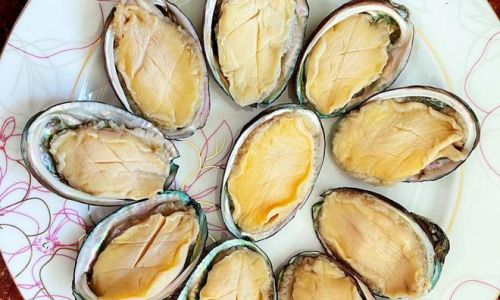
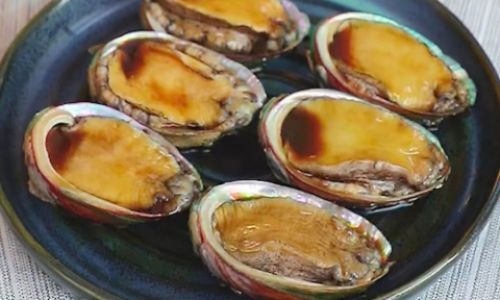

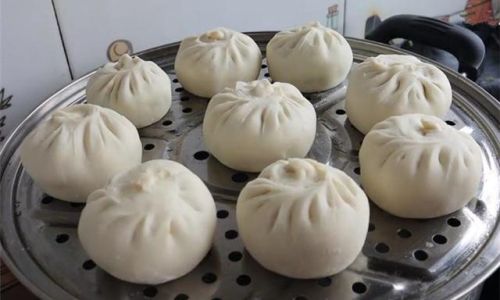
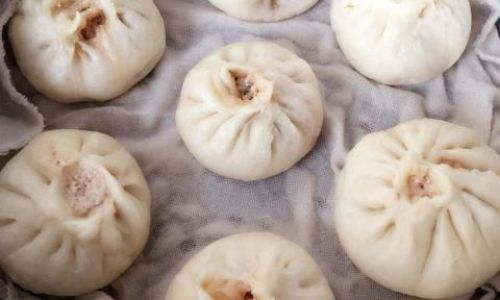
0 comments